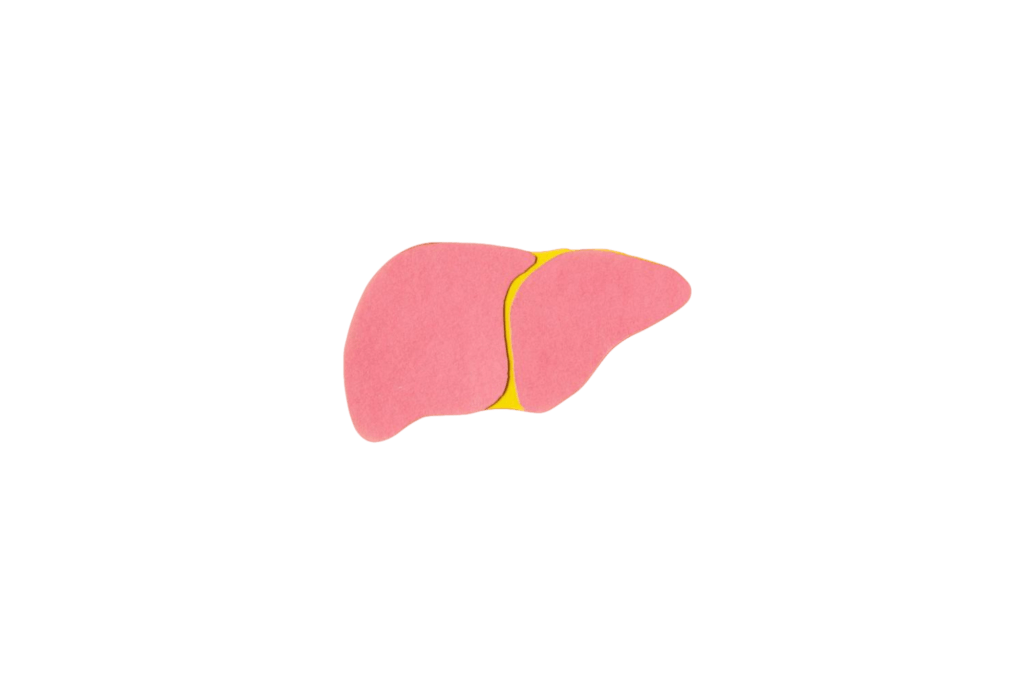World Hepatitis Day

World Hepatitis Day is a public health holiday held each year to raise awareness about hepatitis, a group of infectious diseases that attack the liver and affect people all over the globe. The day also promotes testing and prevention for all five types of the disease: A, B, C, D and E. The World Hepatitis Alliance established this day in 2008 but did you know it was originally held on May 19? The date moved to July 28 in 2010 after the World Health Assembly decided to commemorate the birthday of Baruch Samuel Blumberg, an American physician who discovered hepatitis B in the Sixties, eventually winning a Nobel Prize for his work on the virus and its vaccine.
WORLD HEPATITIS DAY TIMELINE
A Nobel Laureate - 1976
American physician and geneticist Baruch Samuel Blumberg receives the Nobel Prize in Physiology or Medicine (with Daniel Carleton Gajdusek), for his work on hepatitis B.
Better Vaccines - 1986
Research results in a second generation of genetically engineered (or DNA recombinant) hepatitis B vaccines.
Global Endorsement - May, 2010
World Hepatitis Day is recognized globally after a resolution is adopted during the 63rd World Health Assembly.
Types of hepatitis & its causes
Hepatitis is inflammation of the liver tissue. Some people or animals with hepatitis have no symptoms, whereas others develop yellow discoloration of the skin and whites of the eyes (jaundice), poor appetite, vomiting, tiredness, abdominal pain, and diarrhea. Hepatitis is acute if it resolves within six months, and chronic if it lasts longer than six months. Acute hepatitis can resolve on its own, progress to chronic hepatitis, or (rarely) result in acute liver failure. Chronic hepatitis may progress to scarring of the liver (cirrhosis), liver failure, and liver cancer.
Hepatitis is most commonly caused by the viruses hepatitis A, B, C, D, and E. Other viruses can also cause liver inflammation, including cytomegalovirus, Epstein–Barr virus, and yellow fever virus. Other common causes of hepatitis include heavy alcohol use, certain medications, toxins, other infections, autoimmune diseases, and non-alcoholic steatohepatitis (NASH). Hepatitis A and E are mainly spread by contaminated food and water. Hepatitis B is mainly sexually transmitted, but may also be passed from mother to baby during pregnancy or childbirth and spread through infected blood. Hepatitis C is commonly spread through infected blood such as may occur during needle sharing by intravenous drug users. Hepatitis D can only infect people already infected with hepatitis B.
Hepatitis A, B, and D are preventable with immunization. Medications may be used to treat chronic viral hepatitis. Antiviral medications are recommended in all with chronic hepatitis C, except those with conditions that limit their life expectancy. There is no specific treatment for NASH; physical activity, a healthy diet, and weight loss are recommended. Autoimmune hepatitis may be treated with medications to suppress the immune system. A liver transplant may be an option in both acute and chronic liver failure.
Hepatitis effect worldwide report in 2015
Worldwide in 2015, hepatitis A occurred in about 114 million people, chronic hepatitis B affected about 343 million people and chronic hepatitis C about 142 million people. In the United States, NASH affects about 11 million people and alcoholic hepatitis affects about 5 million people. Hepatitis results in more than a million deaths a year, most of which occur indirectly from liver scarring or liver cancer. In the United States, hepatitis A is estimated to occur in about 2,500 people a year and results in about 75 deaths.

Hepatitis Treatment
The treatment of hepatitis varies according to the type, whether it is acute or chronic, and the severity of the disease.
- Activity: Many people with hepatitis prefer bed rest, though it is not necessary to avoid all physical activity while recovering.
- Diet: A high-calorie diet is recommended. Many people develop nausea and cannot tolerate food later in the day, so the bulk of intake may be concentrated in the earlier part of the day. In the acute phase of the disease, intravenous feeding may be needed if patients cannot tolerate food and have poor oral intake subsequent to nausea and vomiting.
- Drugs: People with hepatitis should avoid taking drugs metabolized by the liver. Glucocorticoids are not recommended as a treatment option for acute viral hepatitis and may even cause harm, such as development of chronic hepatitis.
- Precautions: Universal precautions should be observed. Isolation is usually not needed, except in cases of hepatitis A and E who have fecal incontinence, and in cases of hepatitis B and C who have uncontrolled bleeding.

